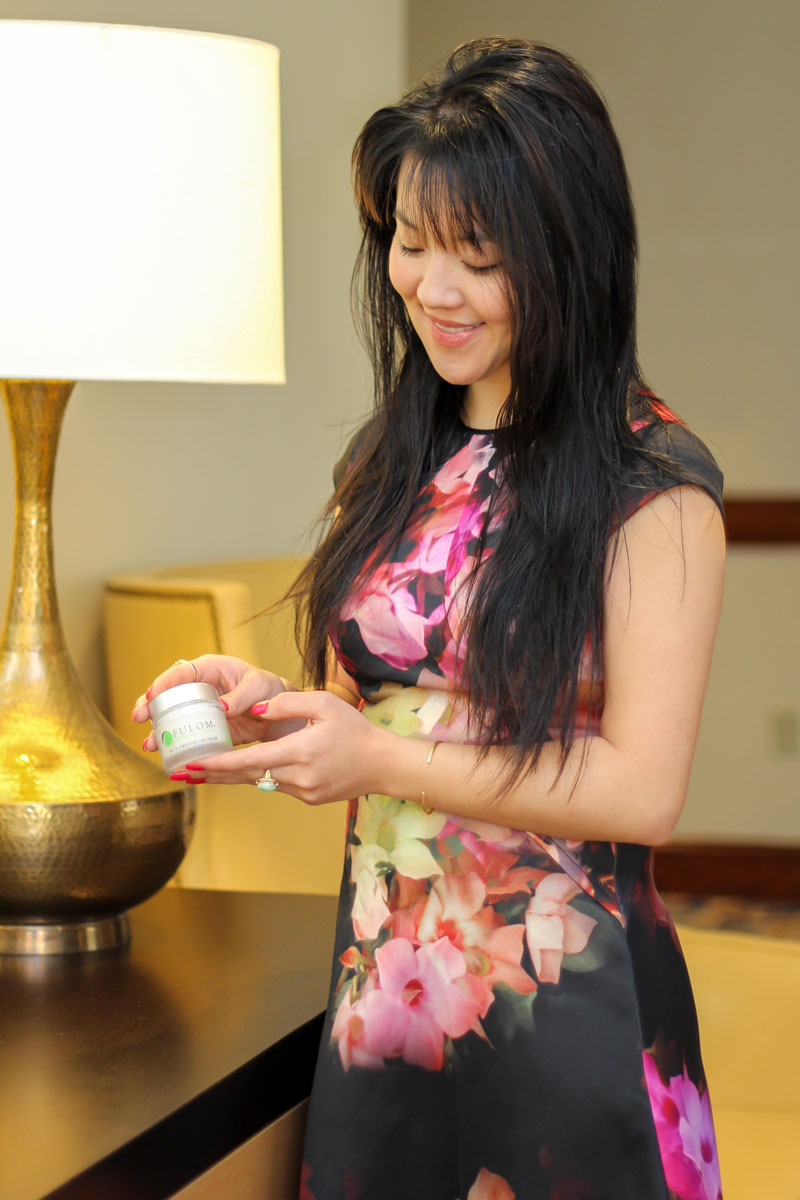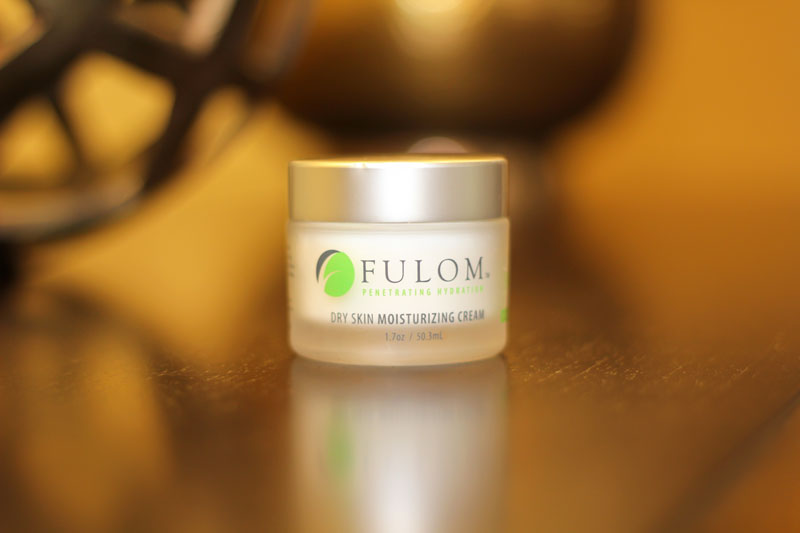workI’m always on the lookout for the best new ingredients, and fulvic acid has certainly been topping the list. [Read more: “11 New Skin Care Ingredients for 2015: Which I’m Choosing and Which I’m Losing” ] Ever since I wrote about it this winter, I’ve been getting countless letters from readers, asking me to write more!
So here are 5 things you never knew about fulvic acid, humic acids, and Fulom skin care in particular:
1.) Fulvic acid is a very potent anti-aging antioxidant.
Fulvic acid is a very potent antioxidant, so much that many scientists suspect that it may have significant effects against fine lines, wrinkles, and skin sagging.
Unlike many skin care ingredients, fulvic acid penetrates the skin quite well on its own, without a need for microencapsulation, esterification, or liposomal delivery systems (Drug Development Delivery, 2002). This allows fulvic acid to work more potently in the skin from the get-go, and for longer periods of time.
Another advantage? Fulvic acid is, well, an acid. Acids do not disrupt the skin’s delicate acid mantle, whereas alkaline substances do. And as our skin ages, it naturally becomes more alkaline. A newborn has acidic skin (low pH), and as we mature past 40 years the pH of our skin changes, becoming alkaline. Adults who have spent a lot of time in outdoor activities have exposed their skin to the sun’s harmful ultraviolet irradiation, resulting in alkaline, aged skin.
2.) Fulvic acid is great for skin conditions as well as normal skin.
Currently in skin care, fulvic acid is known most for being a treatment for dry and irritated skin, as with contact dermatitis (Journal of Antimicrobial Chemotherapy, 2000), psoriasis (Karr), and eczema (Clinical, Cosmetic, and Investigative Dermatology, 2011).
Fulvic acid is also anti-microbial and anti-inflammatory agent (Drug Development Research, 2001;Journal of Antimicrobial Chemotherapy, 2000).
3.) I think fulvic acid is best delivered to the skin in a cream or serum.
Personally, my favorite way to reap the benefits of a new ingredient is through a serum or moisturizer, where the ingredient is typically most concentrated. In this case, Fulom Moisturizing Cream ($22.00,FulomSkin.com) is a sensation, with a high concentration of fulvic acid, a delivery system with skin-penetrating enhancers, and enough hydrators to keep your skin soft through these harsh winter months.
4.) Humic acids may soon take over skin care.
When we think “organic,” we typically think fruits, vegetables, and plant-based material.
But humic acids are a new way to think of natural and organic. Humic substances are the major organic constituents of soil (humus), peat, coal, many upland streams, dystrophic lakes, and ocean water. Produced by natural degradation processes, humic substances have a lot of nutritional properties, and have been started to be included in nutritional products and supplements.
Studies published through the Institute of Animal Nutrition at the University of Leipzig, are exposing the potential power of humic acids in increasing the utilization of other key nutrients (Pakistan Journal of Nutrition). The University of Leipzig research states humic acid increased cows’ calcium production by 16 percent, boosted healthy weight in poultry by 30 percent, reduced stress-causing hormones, and stabilized intestinal flora, resulting in improved “utilization of nutrients, optimum pH in the gut, (and improved) protein digestion” in all the animals studied. While these are animal studies, this is how speculation surrounding organic fruits and vegetables being better started decades ago!
It’s just a hop, skip, and a jump before you see them everywhere in skin care!
5.) My favorite product is Fulom Moisturizing Cream.
I currently like using Fulom Moisturizing Cream at night after a retinoid serum and before I apply an amino acid treatment. Surprisingly, the parent company says Fulom Moisturizing Cream is lightweight enough to use before or after a run, which is exciting!
Fulom Moisturizing Cream has a faintly sweet scent to it, like fruit, which most likely owes to the inclusion of a fruit wax, Rhus Verniciflua. Once absorbed, Fulom Moisturizing Cream does not have a scent that should be noticeable to most users.
For the price ($22 for 1.7 oz), Fulom Moisturizing Cream goes a long way. About two to three dime-sized dabs of cream should be enough for the face, neck, and decolletage.
Fulom Moisturizing Cream is a shiny white cream. It has a lightweight-to-medium texture, and glides across the skin. It absorbs surprisingly fast — it was gone within seconds from my skin!
Bottom Line
Fulom Moisturizing Cream is a sensational way to get to try a new ingredient, fulvic acid. For under $25, this easily spreadable cream is an exceptional value as well. I’m enthusiastic to be introducing it to my readers!
Ingredients: Water, Caprylic/Capric Triglyceride, Cetearyl Alcohol, Stearic Acid, Butylene Glycol, Glycerin, Organic Fulvic Acid, Cetearyl Alcohol, Cetyl Alcohol, Ricinus Communis (Castor) Seed Oil, Rhus Verniciflua Peel Wax / Rhus Succedanea Fruit Wax, Tocopheryl Acetate, Ascorbyl Palmitate, Polysorbate 60, Dimethicone, Phenoxyethanol, Ethylhexylglycerin
Photos by Erin McCandless. Product available at FulomSkin.com. All opinions are my own.






